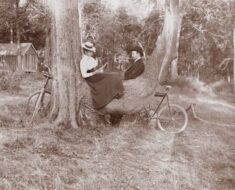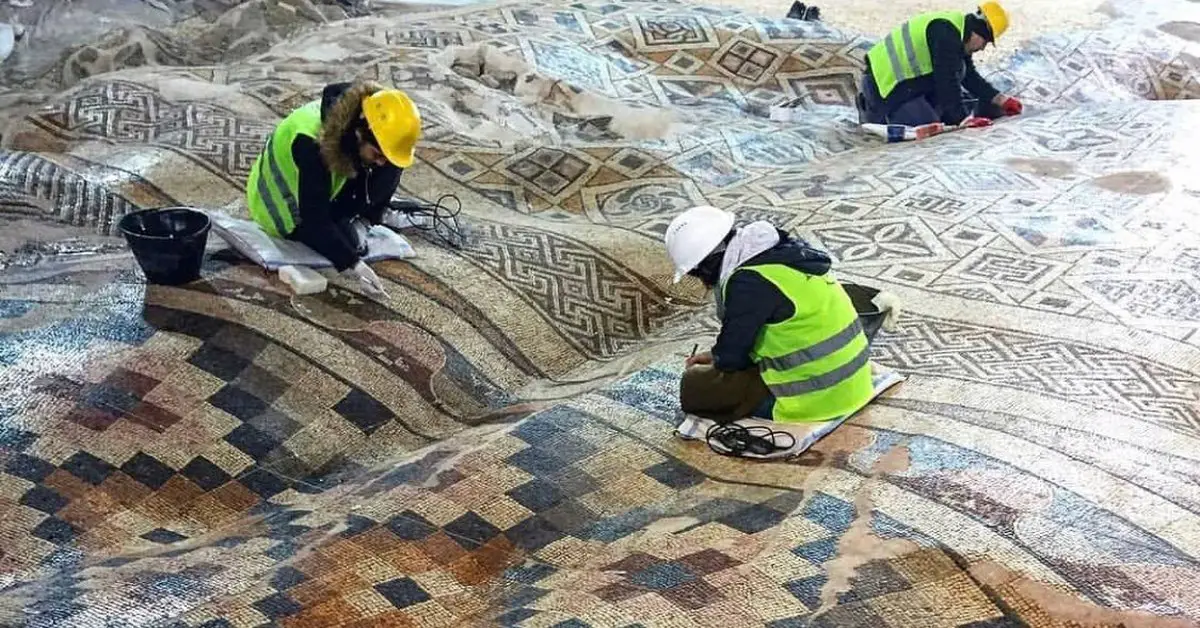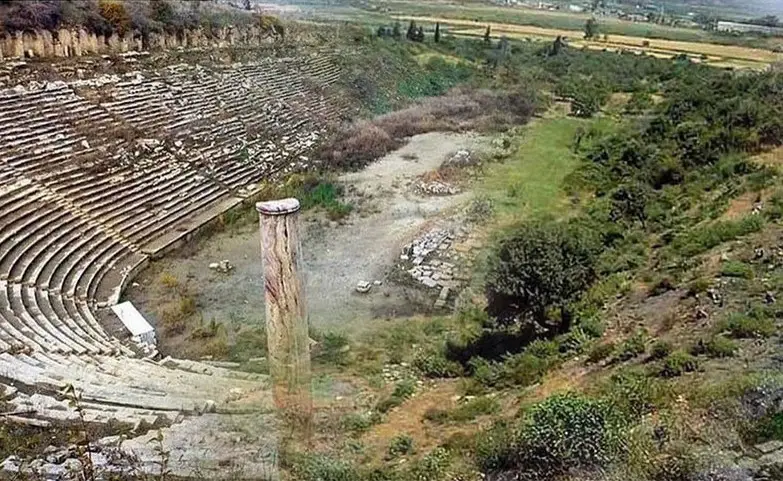Ajanta Caves: In the hills of Northwest India about sixty six miles from Aurangabad and thirty seven miles from Jalgaon lies a formation of caves in the small medieval village of Ajanta.
The caves are unseen unless one travels down by the bend in the Tiger River. Built and carved sometime between the second century BC and the sixth century AD, the caves were made into Buddhist temples.
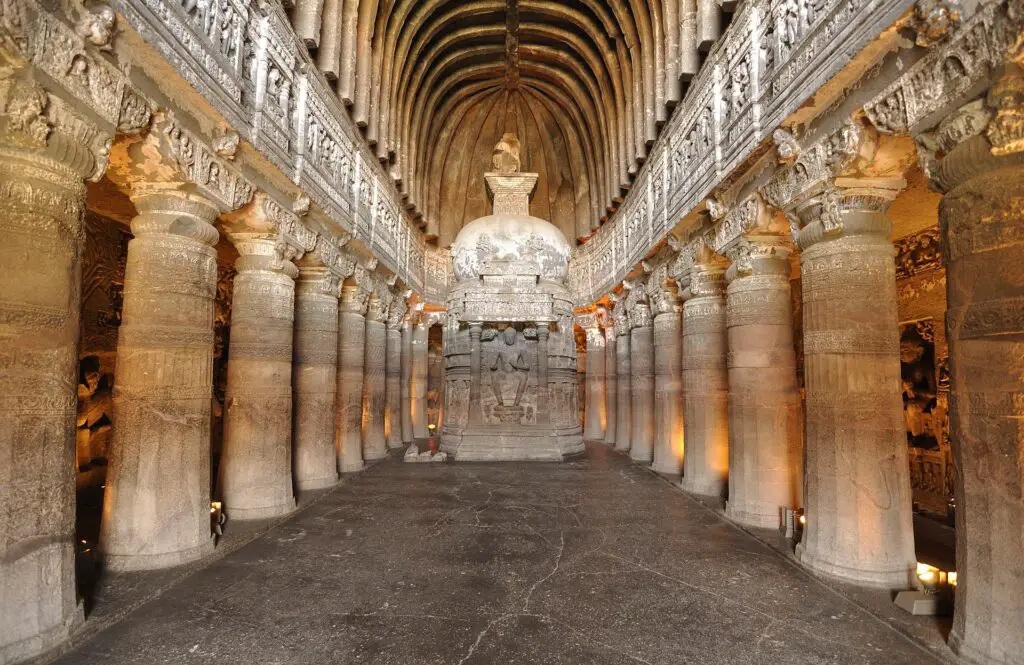
Content
In all, there are thirty caves which have been designated Chaityas (chapels) or Viharas (monasteries) per incredibleindia.org. The paintings of some caves are still bright with the original colors. Exquisite sculptures adorn the outer walls with the artwork depicting the life and experiences of the Buddha.
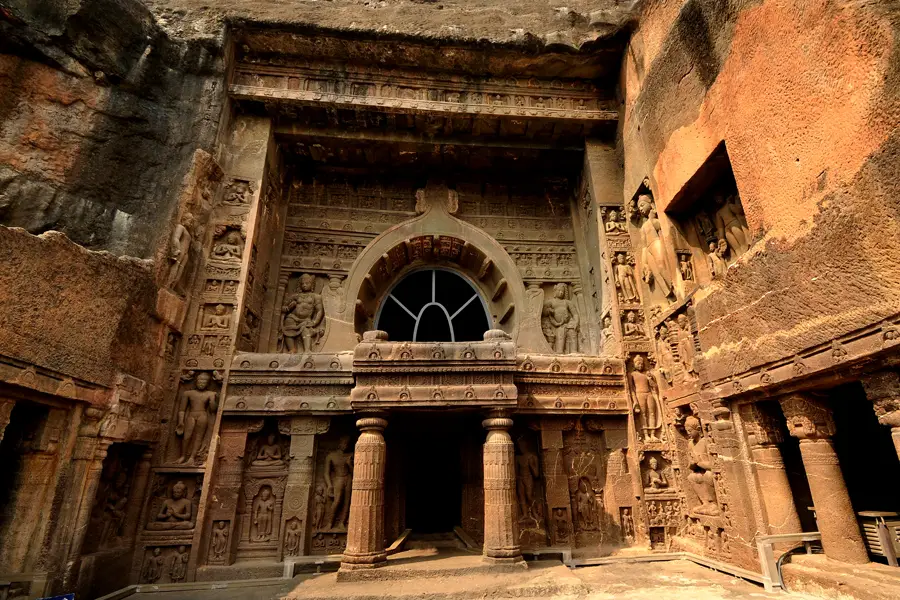
Ajanta Caves Wonder of the World
In 1983 the Ajanta Caves were declared a UNESCO World Heritage Site in order to preserve the artwork and sculpture that is viewed as wonder of the world.
Upon their discovery, each cave was numbered based on their location rather than the chronologically based on the life of the Buddha and no two caves are the same. Many of them had paintings on the walls, ceilings and one had a porch.
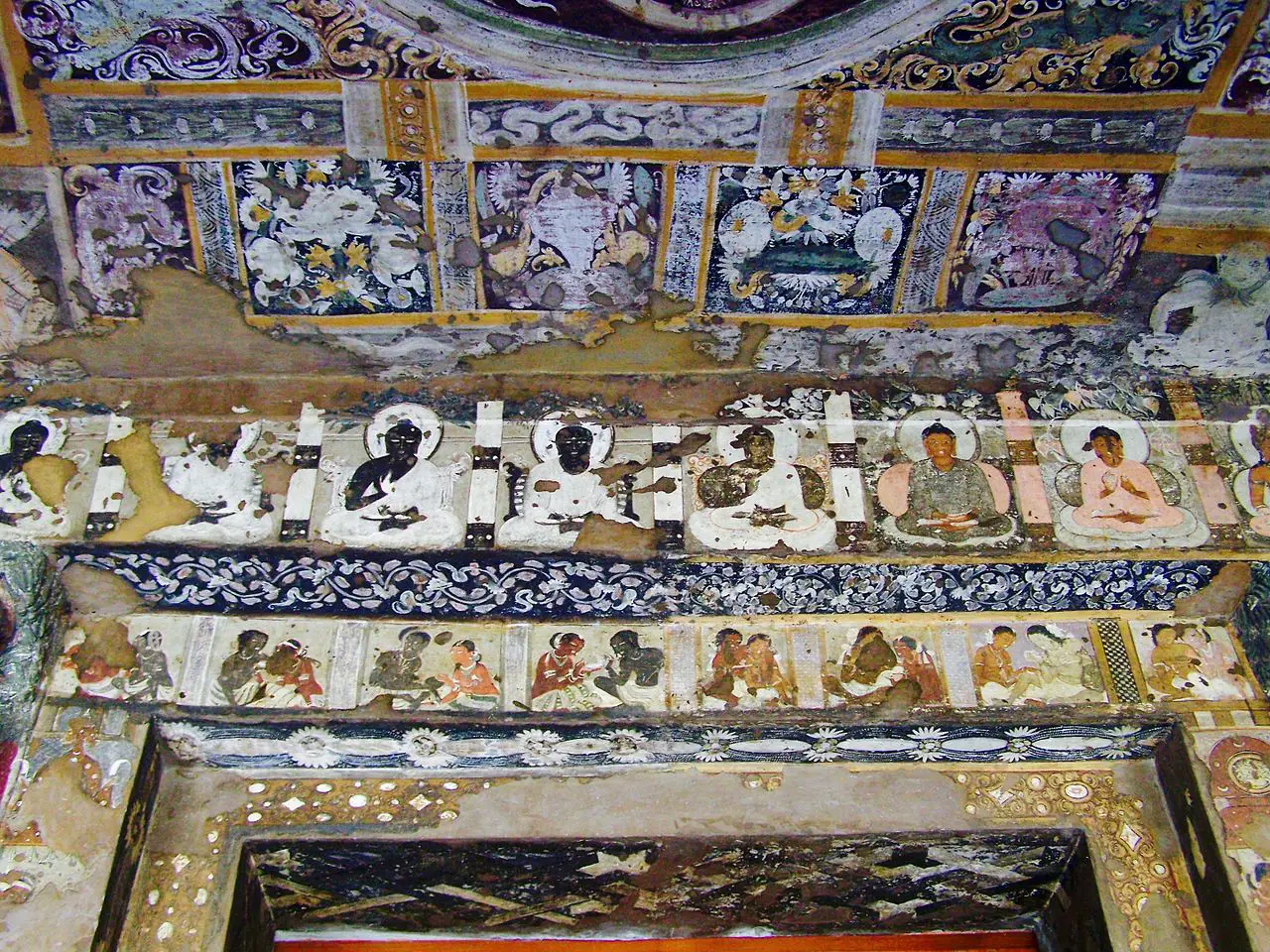
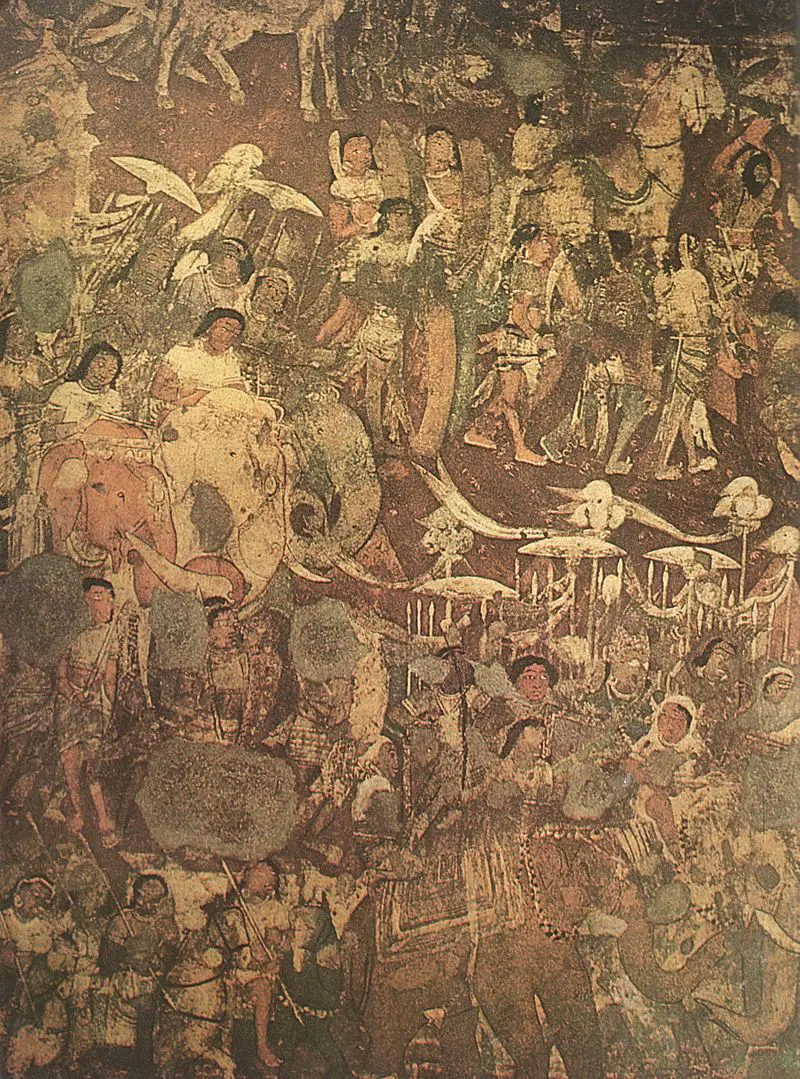
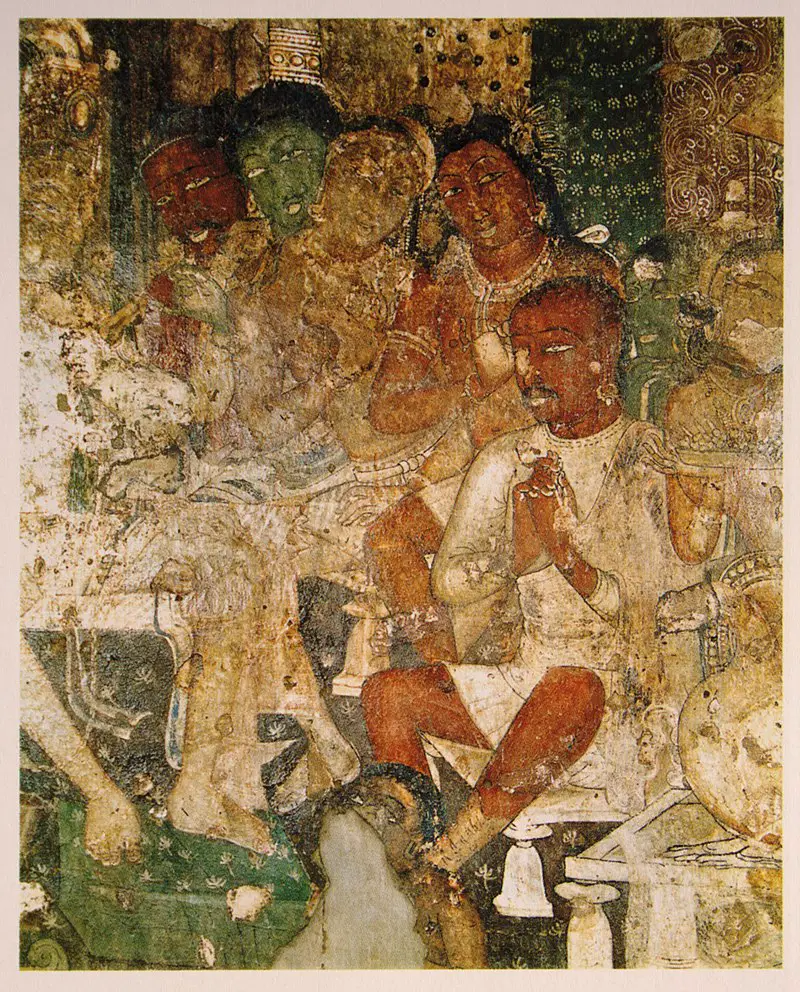
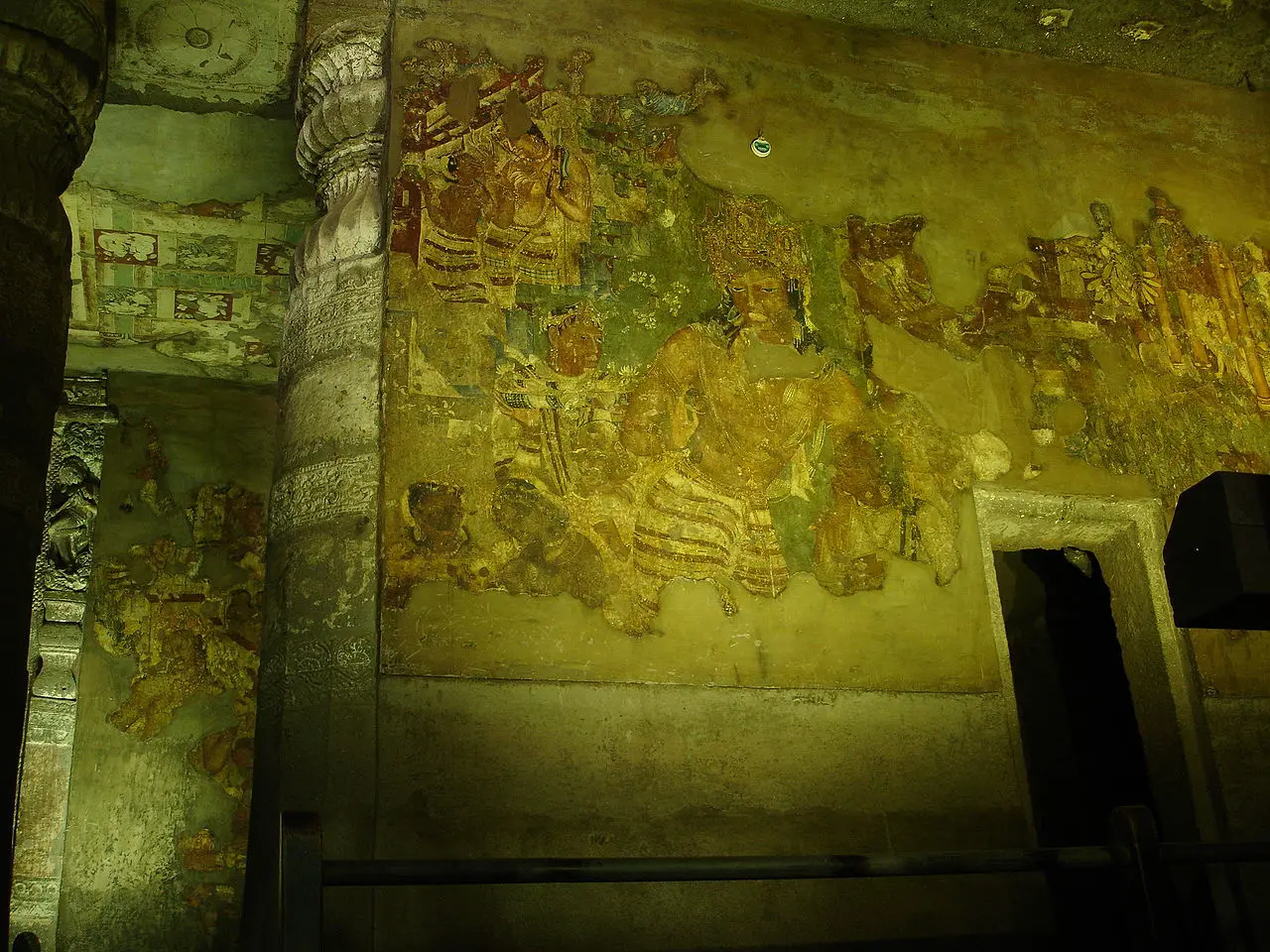
Cave one has a main hall with aisles on either side leading to fourteen smaller rooms for the monks. There are twenty painted and carved pillars with reliefs from the Jataka tales during the life of the Buddha.
Unfortunately, in cave one, only nine images survive. The Bodhisattva Padmapani who holds the lotus flower representing a spiritual awakening, is the best preserved according to khanacademy.org.
100 B.C.
whc.unesco.org tells us the caves were created in two phases. The first was six caves from the second century to the first century BC during the rule of the Satavahana dynasty. Work was halted and began again under the Vakataka dynasty from the fifth to the sixth centuries AD.
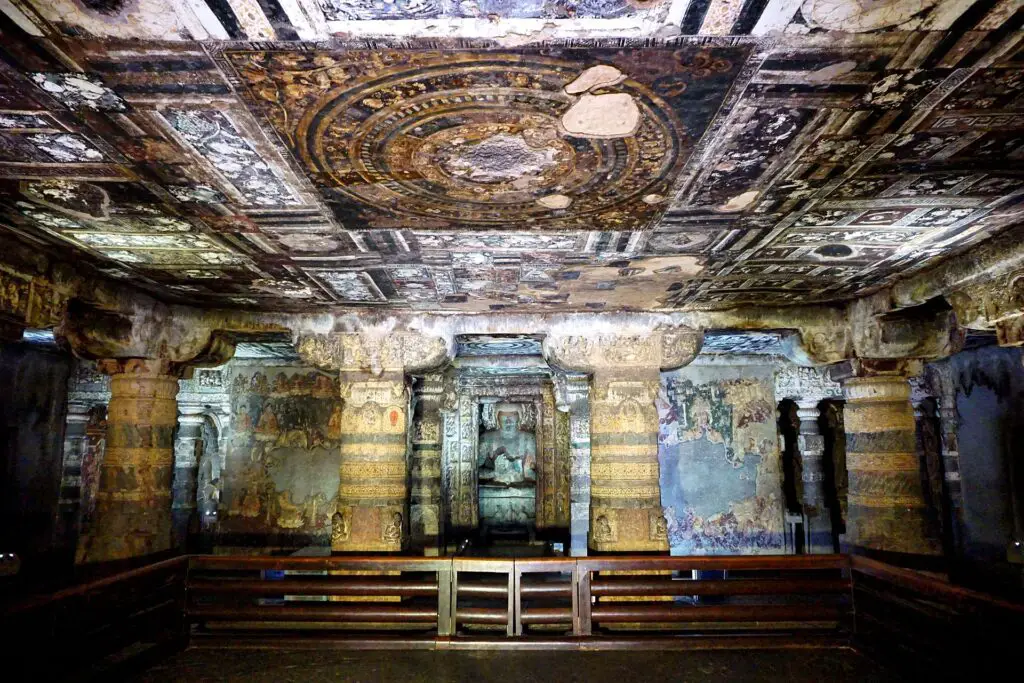
The original caves were reused and several new caves were added. The first phase concentrated more on basic sculpture and simple mural paintings while the second phase created colorful tempera murals and carvings on just about every surface.
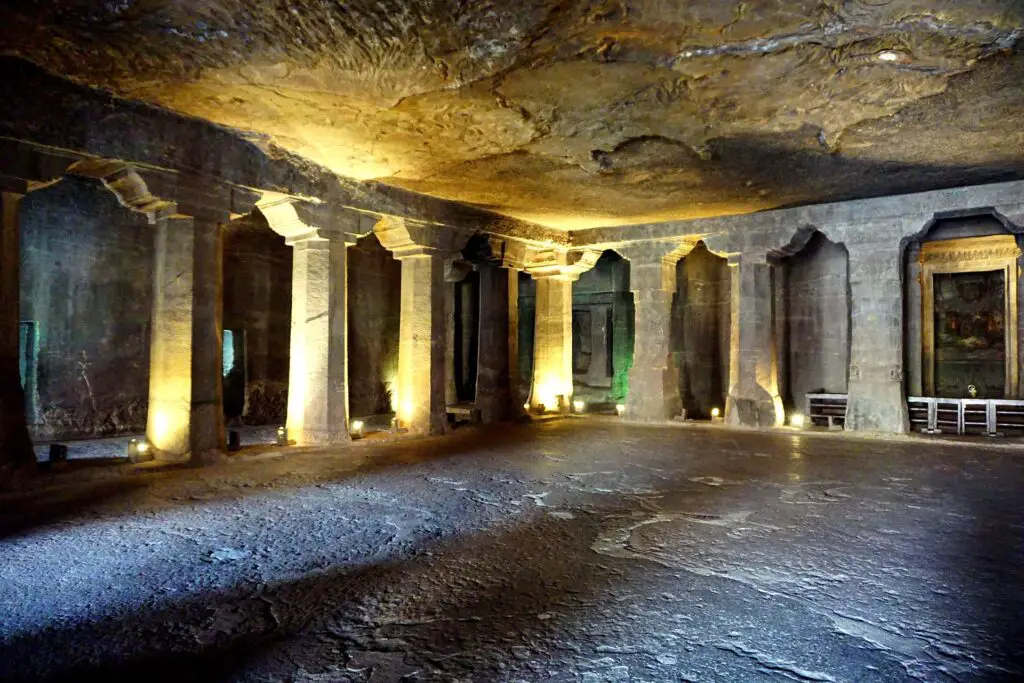
Buddhist Architecture
A few remain unfinished to this day and give researchers a window into how the caves were excavated. According to UNESCO, “Ajanta Caves exemplifies one of the greatest achievements in ancient Buddhist rock-cut architecture.
The caves at Ajanta are excavated out of a vertical cliff above the left bank of the river Waghora in the hills of Ajanta. They are thirty in number, including the unfinished ones, of which five (caves 9, 10, 19, 26 and 29) are chaityagrihas (sanctuary) and the rest, sangharamas or viharas (monastery). The caves are connected with the river by rock-cut staircases. The excavation activity was carried out in two different phases separated by an interval of about four centuries. The first phase coincides with the rule of the Satavahana dynasty from about the 2nd century BCE to the 1st century BCE, while the second phase corresponds to the Basim branch of the Vakataka dynasty with their Asmaka and Rishika feudatories in the 5th to 6th centuries CE.
UNESCO
The artistic traditions at Ajanta present an important and rare specimen of art, architecture, painting, and socio-cultural, religious and political history of contemporary society in India.”
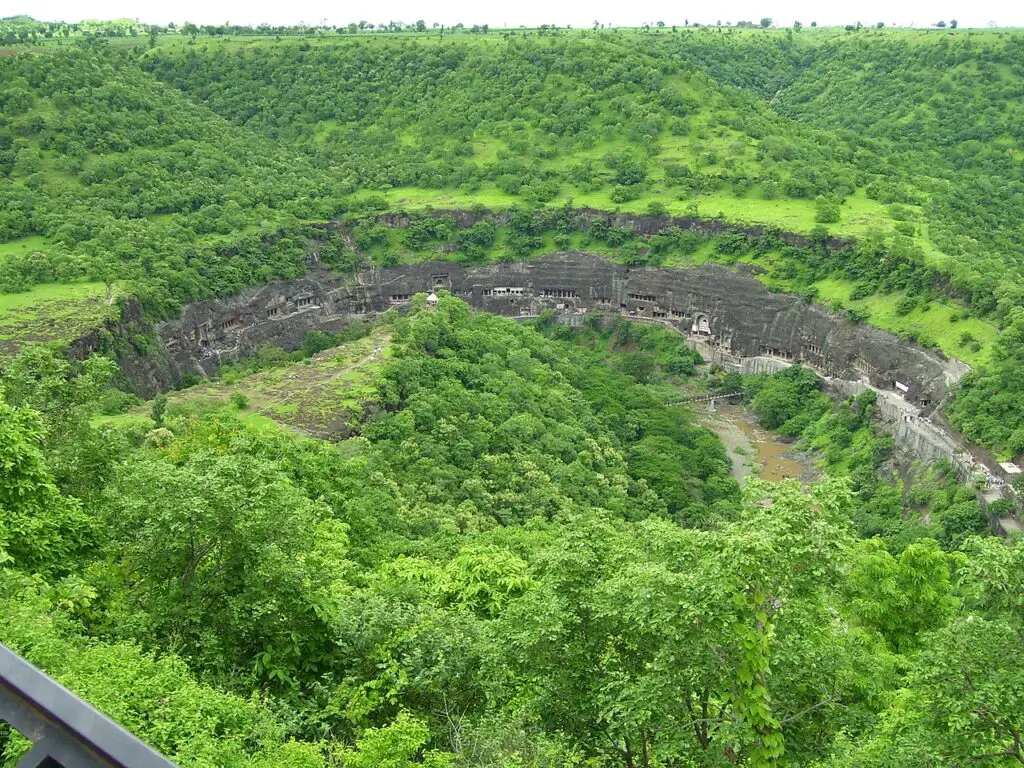
Englishman Hunting Tigers
The caves were discovered by British Army Captain John Smith in 1819 who had gone to India with the hopes of hunting for tigers. Standing on a cliff, Smith saw a pillar carved into the rocks. Excited about the prospect of finding something new, Smith hired some villagers to help clear a path along the river.
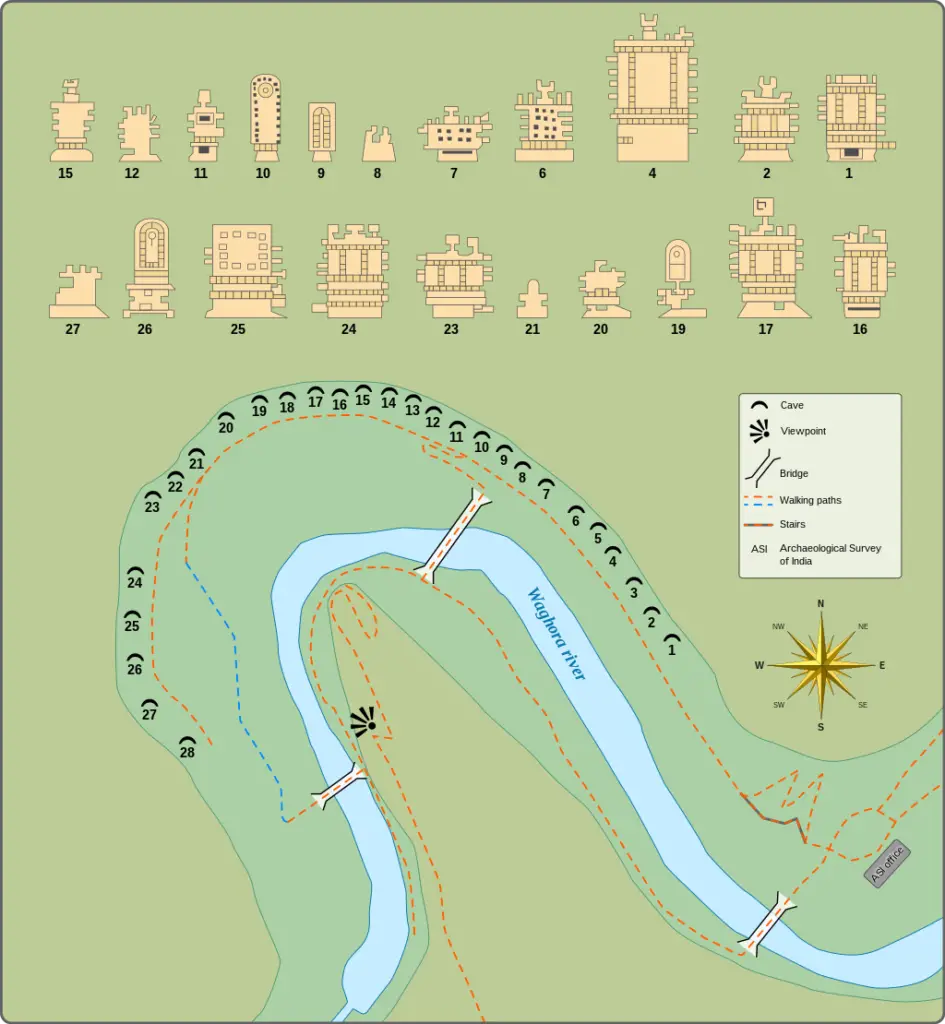
When they finally made it to the caves, Smith was astonished by what he had found. The first thing he saw was a large, magnificent statue of the Buddha who welcomed him with serenity. Behind the Buddha were some of the most beautiful examples of Indian art he had ever encountered.

Defaced
Once he made his discovery public, art experts couldn’t get there fast enough. A Scottish military officer and author published an article regarding the cave paintings in the Transactions of the Royal Asiatic Society of Great Britain and Ireland in 1829 according to livehistoryindia.com. James Prinsep wrote an article based on the notes of a Mr. Ralph which appeared in the Journal of the Asiatic Society of Bengal.
If you like this article, then please follow us on Facebook and Instagram
Another Article From Us: Roman Road Beneath McDonald’s Restaurant
In his article, he details how many people had gone in and defaced the art by peeling off small bits and selling them.
One of the most enlightening articles for the time was written by LT. Blake of the Madras Army in 1839 and well known author, James Fergusson visited in 1839 and in 1843 released his version in the Royal Asiatic Society article, Rock Cut Temples of India.
